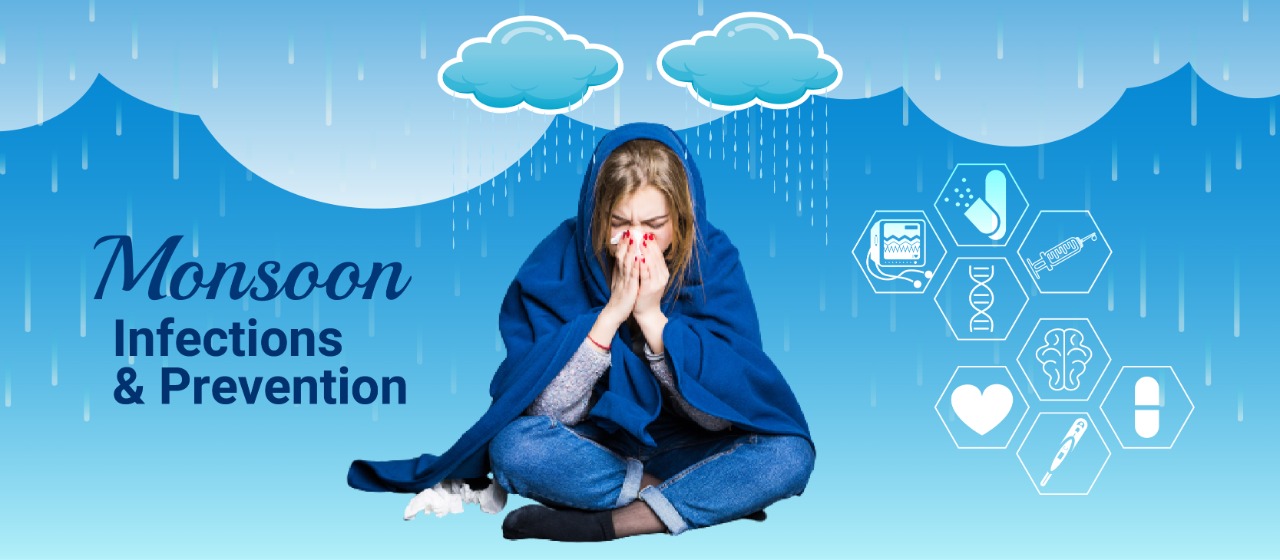A Unit of Asian Institute of Gastroenterology
Non-Alcoholic Fatty Liver Disease (NAFLD)

What is Non-alcoholic Fatty Liver Disease ( NAFLD )? How do I know if NAFLD is causing any harm?
Indirect evidence of injury by fat in the liver is reflected by high ALT or AST levels in the blood. The more major form of injury of fatty liver is if the stiffness of the liver starts to increase, which is called fibrosis. Fibrosis can occur even with normal ALT and AST Levels.
How can fibrosis of Liver be measured?
The gold standard to measure fibrosis is still liver biopsy. However, liver biopsy carries a risk of bleeding and is an invasive procedure. Alternate indirect evidence can be obtained by doing either a fibroscan or an ARFI or and MR Elastography of the Liver.
Can NAFLD progress to cirrhosis of Liver?
Only 5-10% of patients of NAFLD progress to fibrosis. However, once fibrosis develops, a significant proportion of patients can progress to cirrhosis of Liver ( liver becoming stiff and is irreversible). NAFLD is emerging as one of the most common causes of liver cirrhosis after alcohol and viruses like hepatitis B and C.
I have heard that NAFLD can progress to Liver cancer? Is it true?
The answer is again yes. NAFLD can progress to liver cancer even without the development of cirrhosis or fibrosis. The percentage of patients are few and it has been seen that some patients with certain genetic predisposition are more likely to develop the same. We can do an analysis after proper genetic counselling, though you should understand that not all patients with this genetic mutation will progress. I am not overweight and am thin.
I am not overweight and am thin. How do I have a fatty liver?
It’s a wrong belief that only obese people have fatty liver. It has been seen that even people with normal weight and even low weight can have NAFLD and many of these are intact possibly genetically predisposed.
How do I have a fatty liver?
It’s a wrong belief that only obese people have fatty liver. It has been seen that even people with normal weight and even low weight can have NAFLD and many of these are intact possibly genetically predisposed.
What are the symptoms of NAFLD?
Most of the times, patients with NAFLD are accidentally detected during USG testing. Some other patients are detected during evaluation of obesity, fatigue and other diseases.
What should you do if you have NAFLD or NASH?
There are no specific drug treatments yet for either NAFLD or NASH, but a number of lifestyle changes will help considerably!
- If you are overweight, begin a weight management program that aims at gradual loss of around 0.25 to 0.5 kg per week until you reach your ideal weight. Normally we expect a weight loss of at least 10?fore we see significant improvement and the weight loss has to be maintained.
- Aim for a waistline of 80 cm (or less) if you are a woman, or 95cm (or less) if you are a man.
- Exercise at least 5 days a week. If possible, enjoy both aerobic ( Brisk walking, jogging, cycling, swimming) and resistance exercise (low impact weight training)
- Eat a healthy diet especially one that is low in calories and carbohydrate. Contrary to popular opinion, no particular diet is liver-cleansing, but a healthy one greatly aids general wellbeing and fitness. Your doctor or dietitian can provide you with a well-balanced and nutritious plan.
- If you have high BP, diabetes, or hypothyroidism-please take the recommended intervals any doctor prescribes for them.
- Avoid alcohol.
- Medications like Vitamin E, Pioglitazone etc only works in addition to weight loss.












